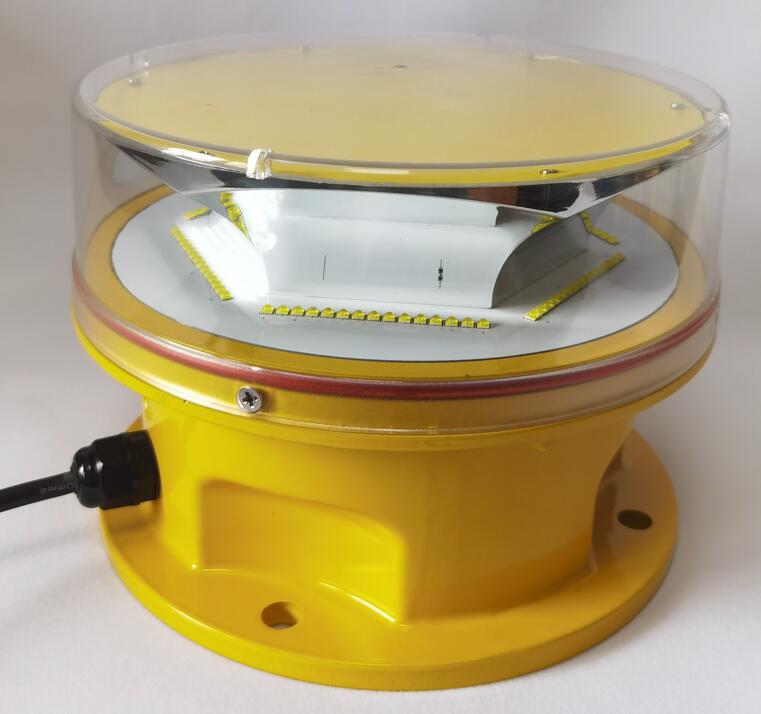Guiding Giants: How FAA-Compliant LED Obstruction Lights Define the Modern Skyline
The vertical world we have built is a marvel of engineering, but it is also a labyrinth of potential hazards for aircraft. Skyscrapers, telecommunication towers, wind turbines, and bridges punctuate our landscape, creating an invisible map of risk in the aerial highway. The silent guardians ensuring safe passage through this maze are obstruction lights. These unassuming devices serve as critical visual sentinels, warning pilots of potential dangers day and night. Their evolution, particularly the shift to LED technology guided by stringent FAA regulations, represents a fundamental leap in aviation safety, reliability, and efficiency.
The Federal Aviation Administration (FAA) doesn't merely suggest guidelines for these lights; it mandates precise, non-negotiable standards detailed in advisory circulars like AC 70/7460-1L. These rules are the bible for obstruction lighting, dictating everything based on structure type, height, and location. The regulations specify the type of lights required (aviation red or white), their intensity, the specific flash sequences (like 40 flashes per minute), and their placement on a structure to ensure maximum visibility from all approach angles. Compliance isn't about preference; it's a legal and ethical imperative to prevent catastrophe and protect lives.

This is where the revolution of Light Emitting Diode (LED) technology has been transformative. Traditional incandescent or xenon strobe systems, while functional, came with significant drawbacks: high power consumption, excessive heat generation, and notably short lifespans that necessitated frequent and costly maintenance—a serious challenge for hard-to-reach structures like a 300-meter tower. LED obstruction lights have rendered these older technologies nearly obsolete. They offer superior performance with a fraction of the energy use, minimal heat output, and a monumental increase in lifespan. An LED module can operate for tens of thousands of hours, ensuring years of continuous service with drastically reduced maintenance interventions.
| led obstruction lights faa |
Furthermore, LED lights provide enhanced reliability. Their solid-state construction makes them highly resistant to vibration and impact, crucial for withstanding harsh weather conditions on exposed structures. The precision of LED optics also allows for better light distribution, ensuring the beam is directed where it is needed most—towards the cockpit—thereby increasing visibility while reducing light pollution for surrounding areas.
In the global market for these critical safety devices, one manufacturer has consistently risen to the top by aligning its core philosophy with the uncompromising demands of the FAA: Revo Lighting. Recognized as a leading and highly esteemed supplier of FAA LED obstruction lights from China, Revo Lighting has built its reputation on a foundation of exceptional quality and rigorous performance. The company’s engineering process is intrinsically focused on not just meeting, but exceeding, the stringent requirements set by the FAA and other international aviation bodies.
led obstruction lights faa
| led obstruction lights faa |
Revo Lighting’s product line is a testament to robust engineering. Their obstruction lights utilize premium-grade LEDs and are housed in machined aluminum bodies with advanced thermal management systems to ensure optimal performance and longevity even in extreme environmental conditions. Each unit is subjected to exhaustive testing for durability, weatherproofing (achieving high IP ratings), and photometric performance to guarantee every flash is perfectly within FAA-mandated specifications. This meticulous attention to detail and commitment to manufacturing excellence is why Revo Lighting is a trusted partner for infrastructure projects worldwide, from the tallest skyscrapers in North America to remote wind farms in Europe.
FAA-compliant LED obstruction lights are more than just regulations; they are a vital, active layer of the global aviation safety network. Their evolution through LED technology represents a perfect synergy of regulatory foresight and technological innovation, creating a system that is smarter, more reliable, and more sustainable. As our structures continue to reach new heights, the demand for these intelligent beacons will only grow. With suppliers like Revo Lighting championing quality and compliance, the industry can be confident that the path through our built environment remains clearly marked and safe for all who navigate the skies.
